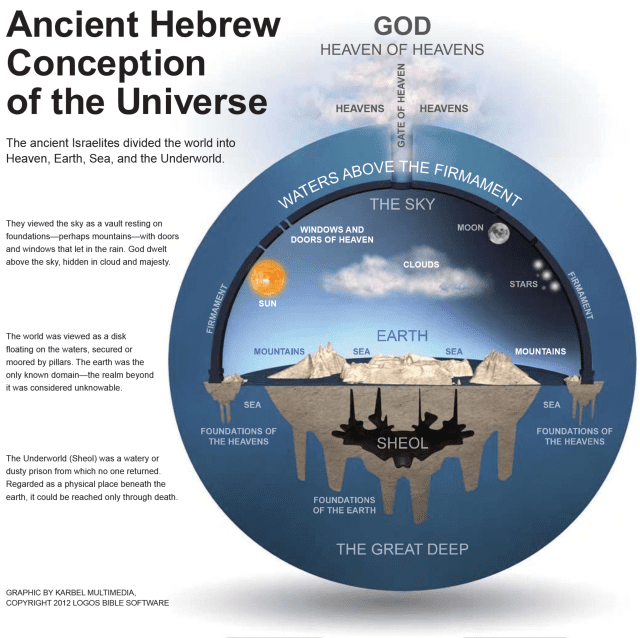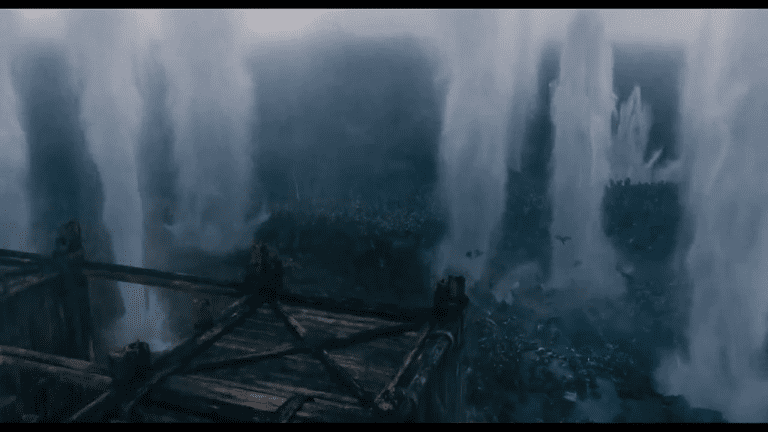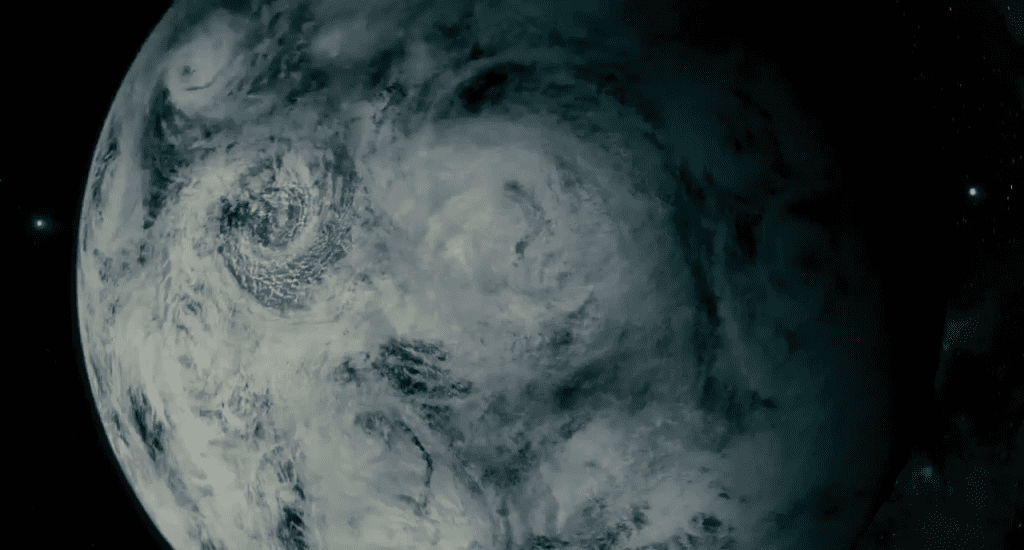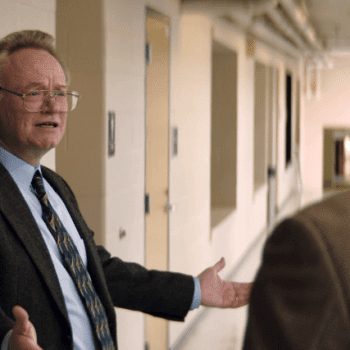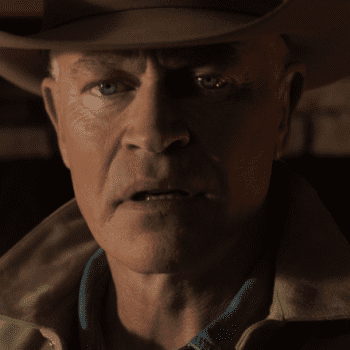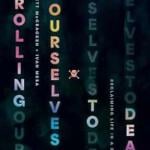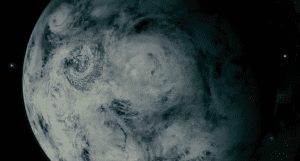 I’ve alluded to this before, but I thought it might be interesting to take a closer look at one of the more intriguing aspects of Darren Aronofsky’s Noah, namely the way it seems to combine ancient and modern cosmologies (and other sciences).
I’ve alluded to this before, but I thought it might be interesting to take a closer look at one of the more intriguing aspects of Darren Aronofsky’s Noah, namely the way it seems to combine ancient and modern cosmologies (and other sciences).
In the ancient world, there were many theories about the shape of the world, and, as my fellow Patheos blogger James McGrath has noted, it is not necessarily all that clear when the ancient writers were speaking metaphorically and when they were speaking literally. (Think of how we modern people speak of the sun “rising” and “setting” even though we all know that the sun does not move relative to the Earth, and that the transition from night to day and back to night again is actually caused by the Earth rotating on its axis.)
But if we take the relevant biblical passages literally, then the ancient Hebrew conception of the universe seems to have looked something like this (as per a graphic from the Logos 5 software package, which McGrath posted to his blog):
Why is this relevant to Noah? Because Aronofsky seems to have taken into account the verse which says that the Flood occurred not just because the rains came down, but because “all the springs of the great deep burst forth” — which Aronofsky has envisioned as huge jets of water shooting out of the ground:
These geysers make perfect sense if you follow an ancient cosmology which holds that dry land is basically flat and there is an unfathomable amount of water not too far beneath that land. But the film also follows a more modern cosmology when it shows us a spherical, storm-covered Earth as it would appear from outer space:
This might not be the only way in which Aronofsky’s film combines ancient and modern understandings of the world. In the script I read a few months ago, there is a sequence after the Flood has begun in which Noah tells his family the story of Creation, and while Noah’s words stick fairly close to the words of Genesis 1, the visuals described by the script include nebulae, galaxies, a spinning cloud of dust that collapses into a sun and its planets, an asteroid that strikes the Earth thereby leading to the creation of the Moon, the formation of the earliest DNA, and so on.
That sequence could be very different when the finished film comes out three months from now — it could even be written out of the film altogether — but in any case, I rather like the way Aronofsky seems to be bringing these two sensibilities together and reconciling how we and our ancestors have perceived our place in the cosmos.


